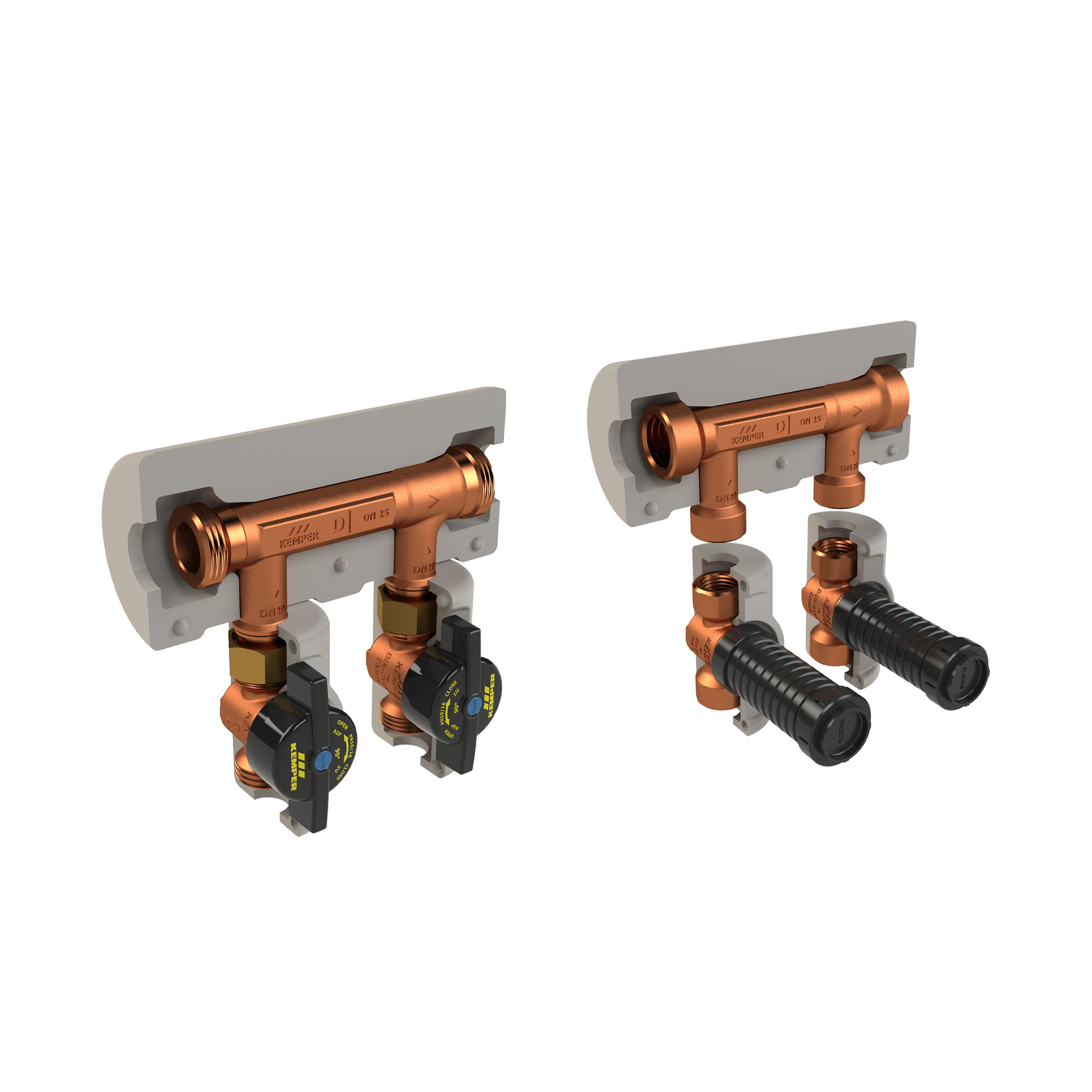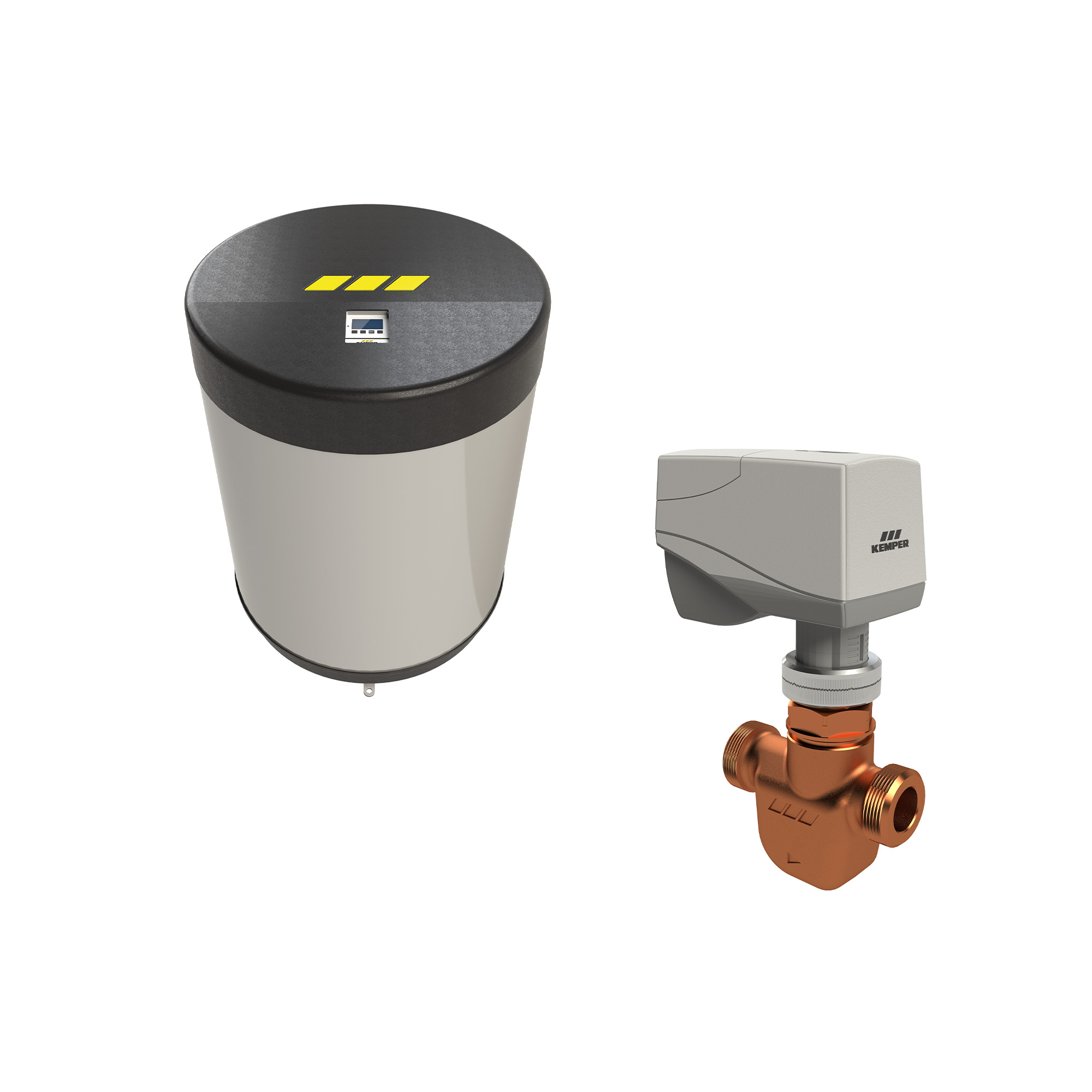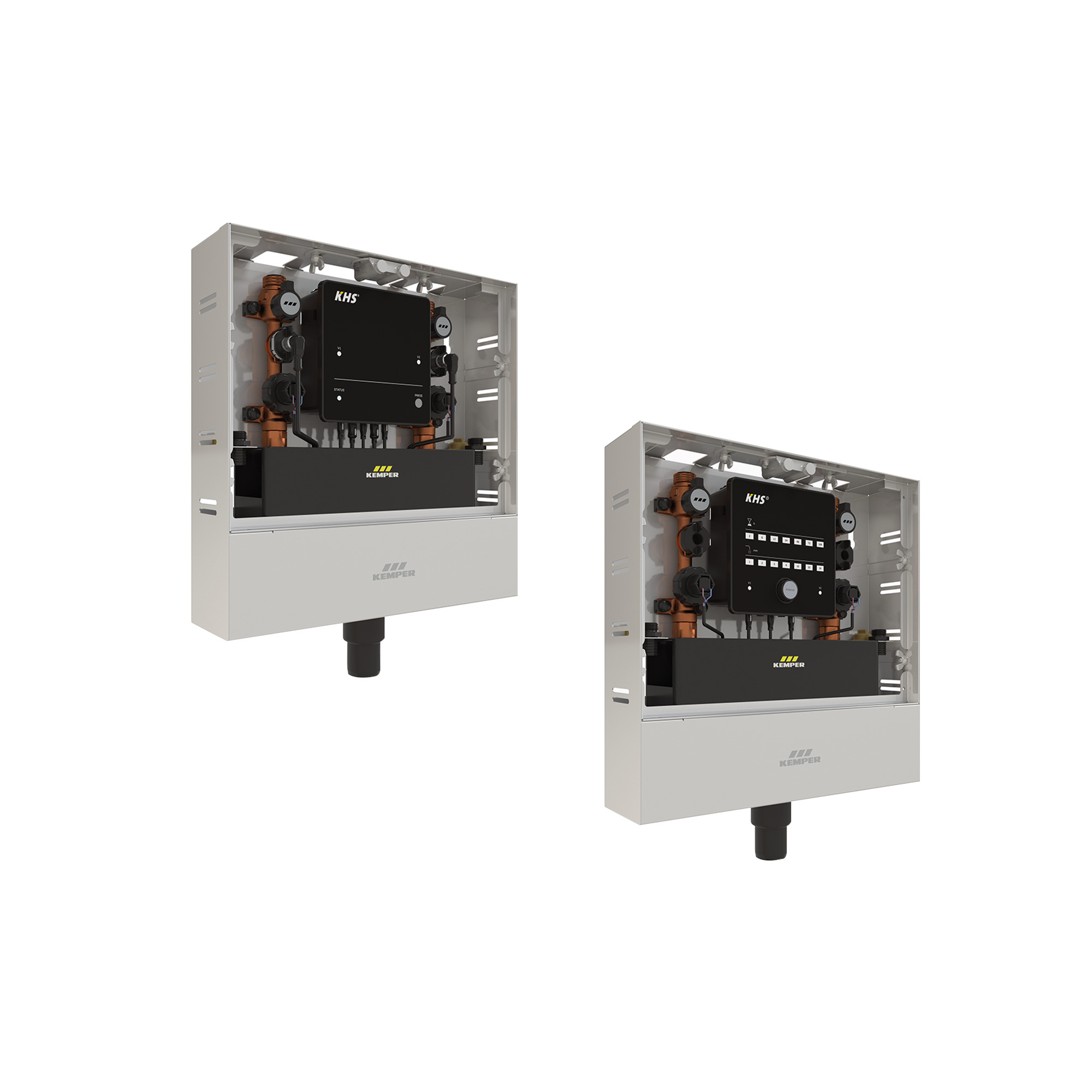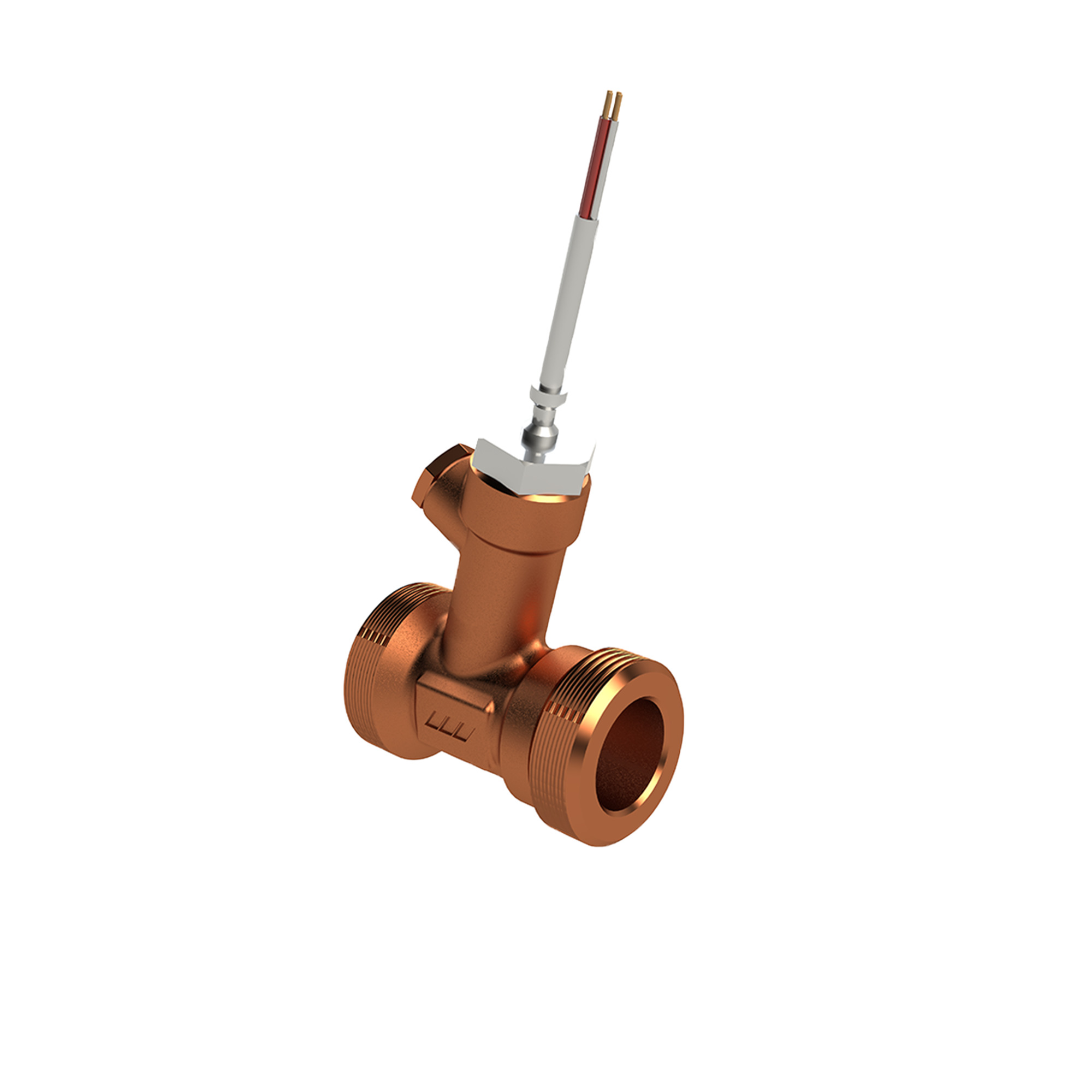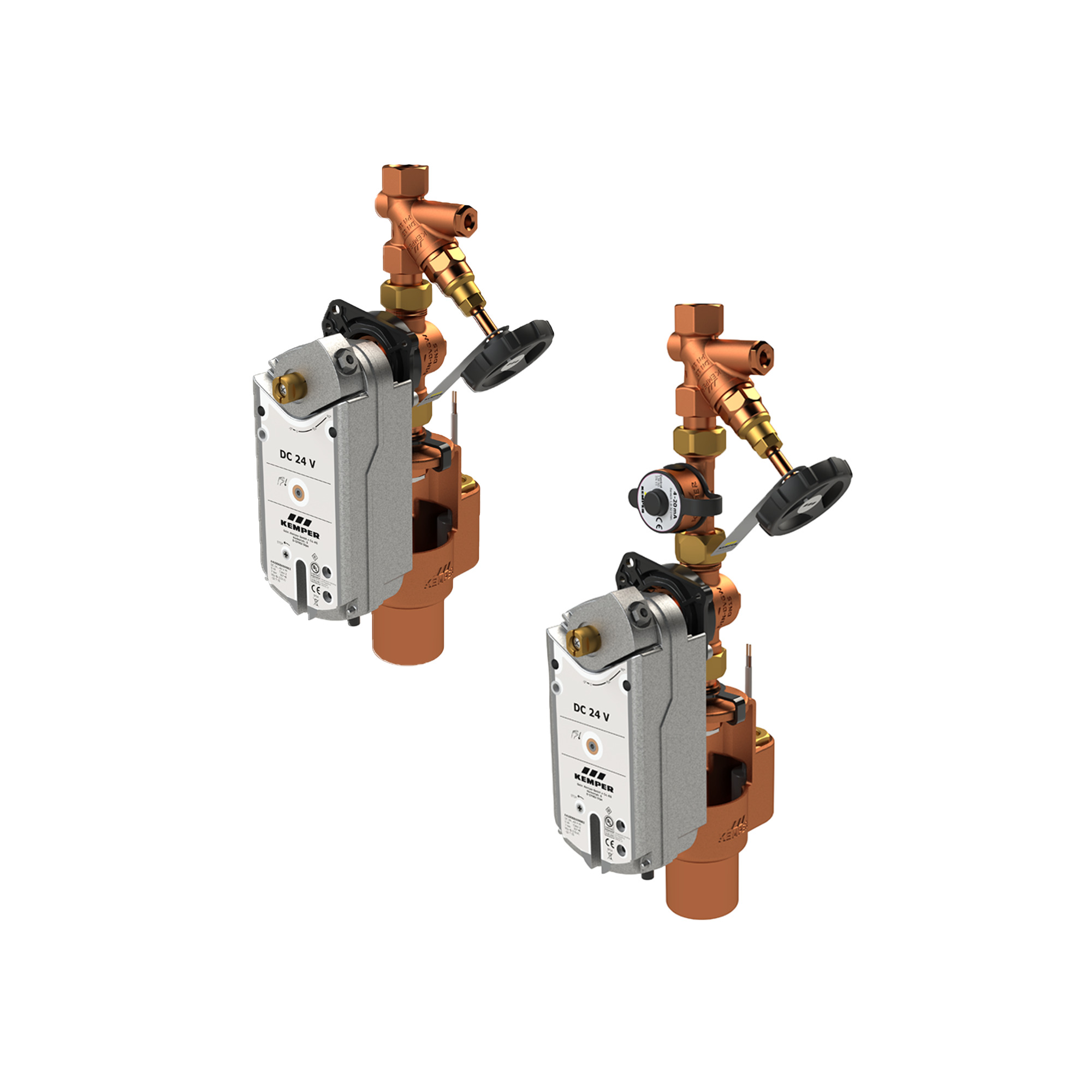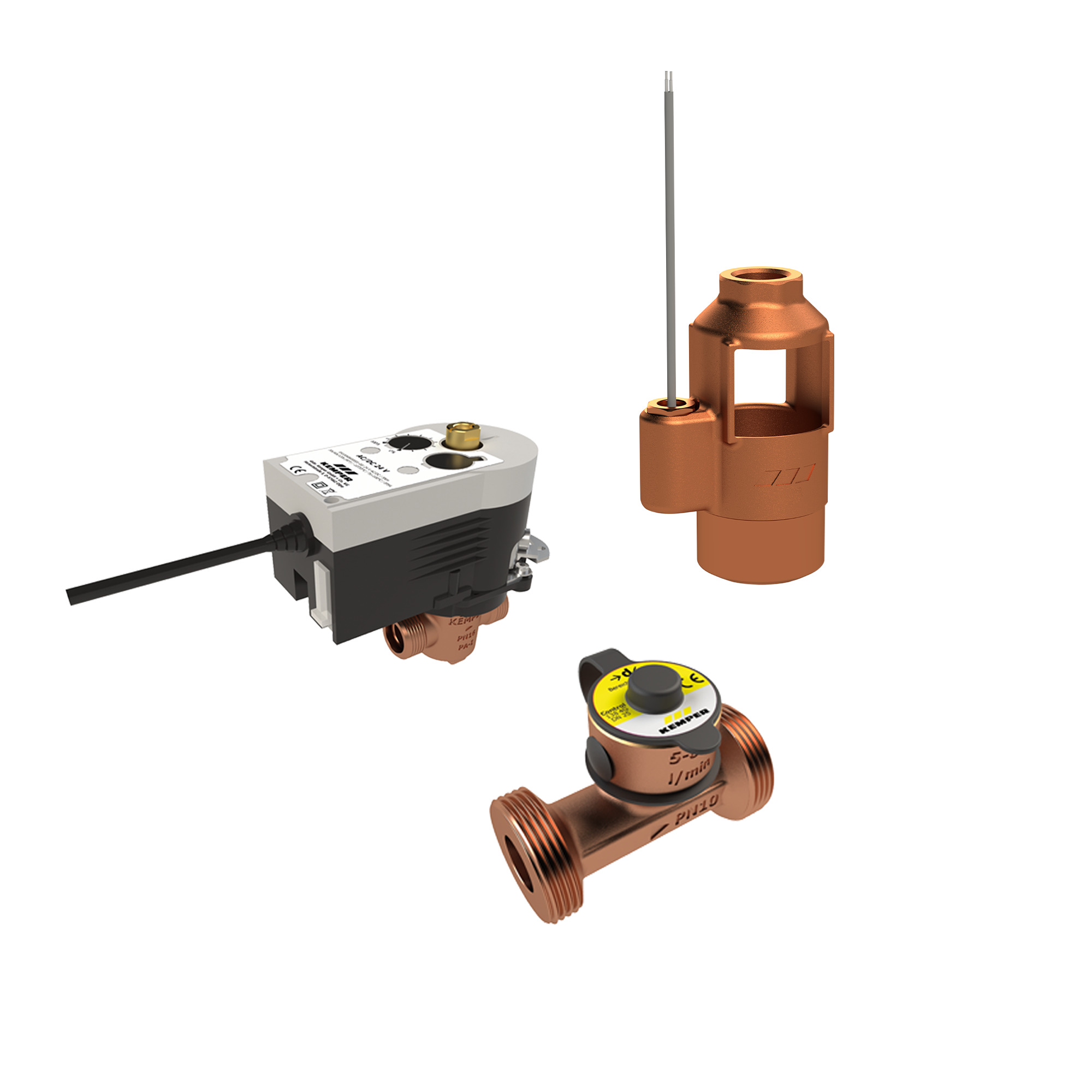Categories
Intelligent system solution for maintaining drinking water hygiene
The hygiene system KHS was developed to meet hygiene requirements in drinking water installations. The system comprising innovative valve technology and intelligent pipe routing prevents stagnation and the resulting impairment of drinking water quality. The hygiene system KHS allows for consistently fresh drinking water up to every tapping point while taking into account economic and sustainable aspects.
